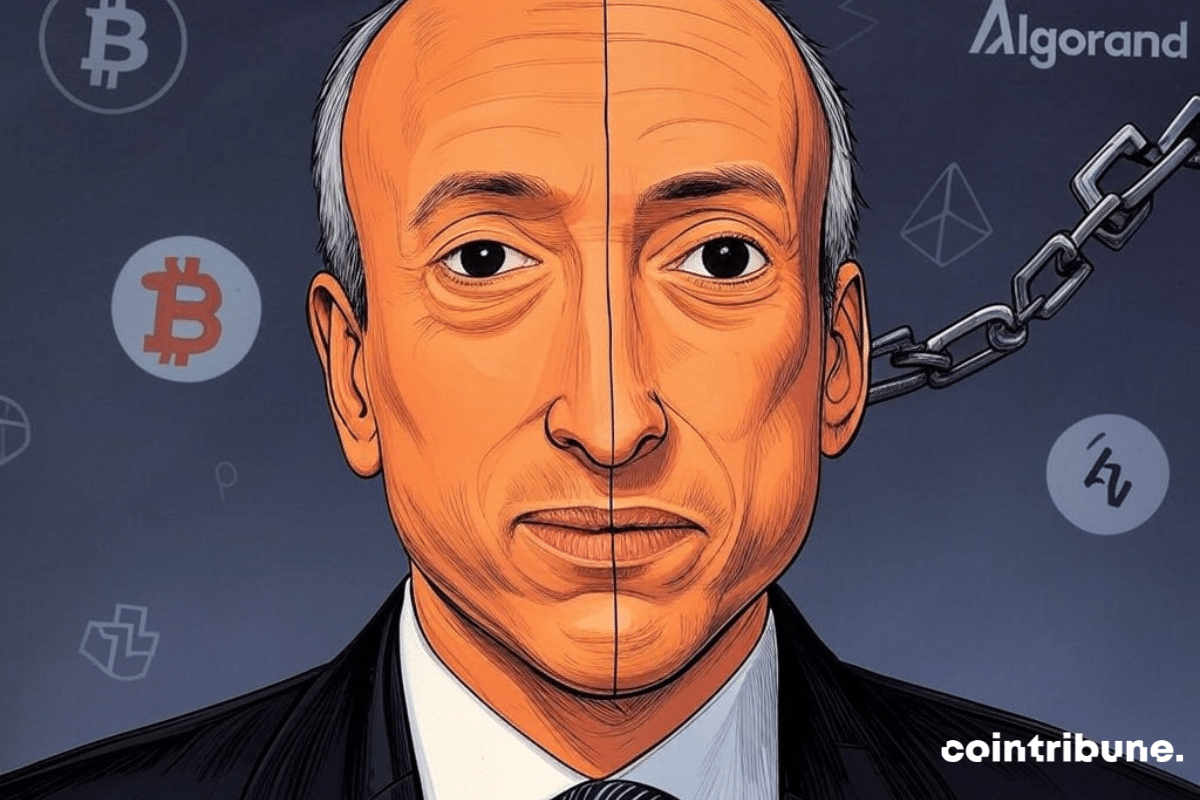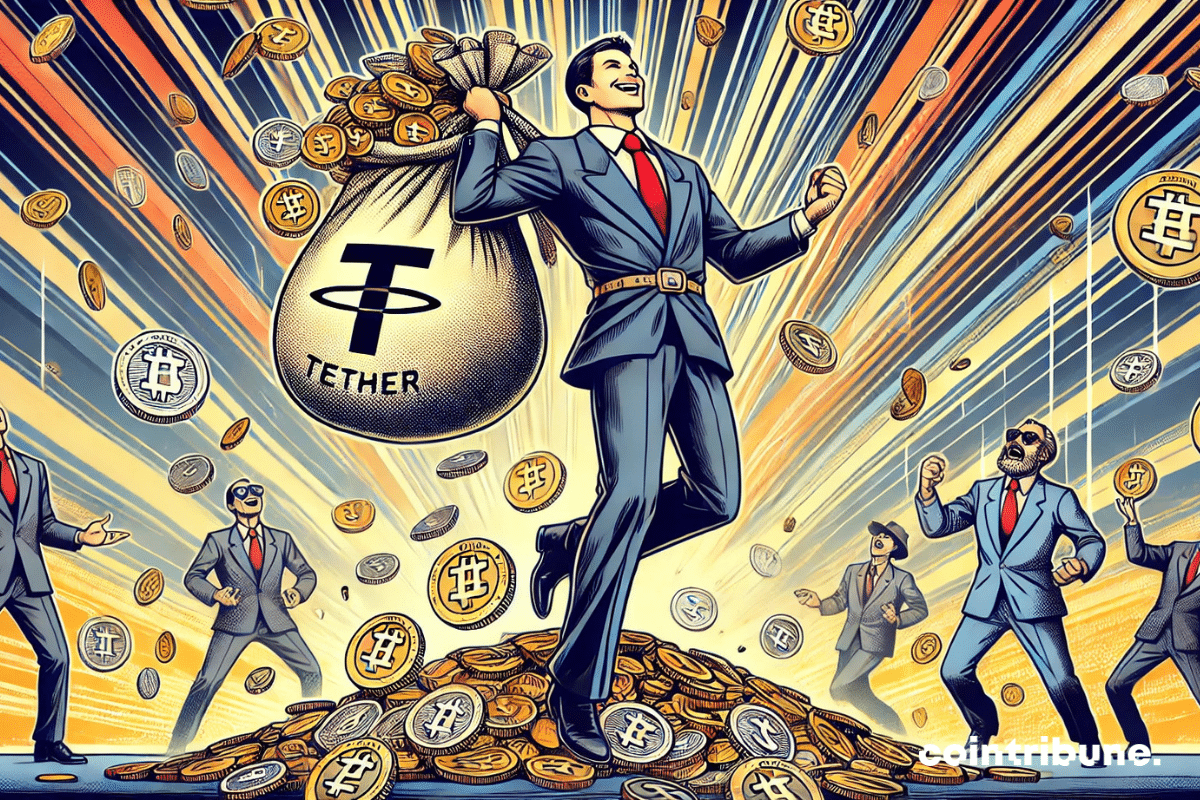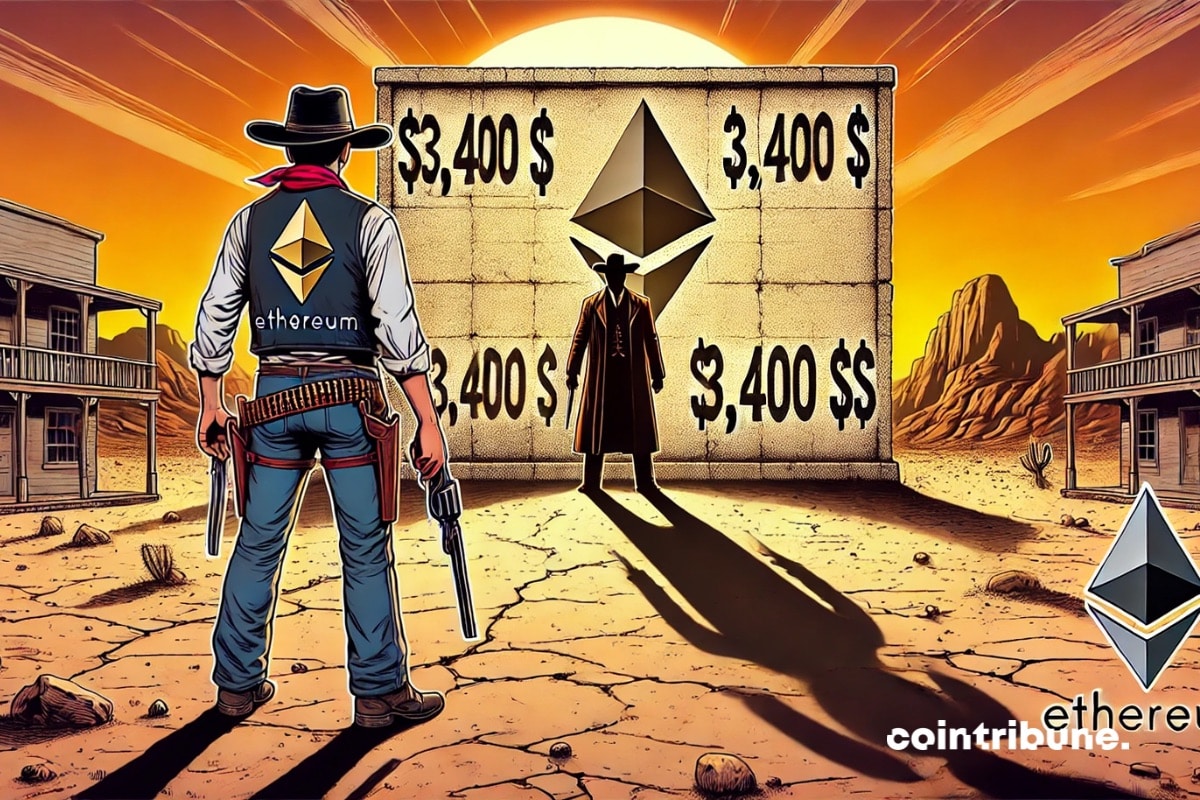Kicked out of the SEC but not off the radar, Gensler bounces back at MIT. Supreme irony: he will teach what he methodically fought against. New stance or even an imposture?
Archive February 2025
OpenAI recently signed an agreement with the United States national laboratories to deploy its most advanced artificial intelligence (AI) models for scientific research. This collaboration aims to strengthen the technological leadership of the United States and contribute to major advancements in several scientific disciplines.
Small bitcoin investors are intensifying their sales on Binance at the beginning of 2025, with transfers reaching 6,000 BTC in January. This trend sharply contrasts with the behavior of large whales, who maintain a more conservative approach in their movements.
The Solana blockchain recently recorded a 73% increase in its stablecoin supply, reaching $11.1 billion, following the launch of the memecoin $Trump on January 18, 2025. The launch of this memecoin led to a significant increase in activity on the network, with over 200,000 new users joining the blockchain.
The crypto industry is evolving at a breakneck pace, with some players managing to establish themselves well beyond their original ecosystem. Tether, the undisputed leader of the stablecoin market, has just released a financial statement that illustrates its rapid ascent. In 2024, the company generated $13 billion in profits, while its reserves in U.S. Treasury bonds surpassed $113 billion, making it one of the largest global holders of these securities. At the same time, the issuance of USD₮ has reached a record level, with $45 billion injected into the market. While these performances confirm Tether's financial strength, they also raise questions about its macroeconomic impact and the regulatory challenges ahead.
Europe is tightening its regulatory framework on stablecoins, and Kraken is forced to adapt. Indeed, the exchange announced the withdrawal of USDT and other stablecoins for users in the European Economic Area (EEA) before March 31, in response to the requirements of the MiCA regulation. This text imposes strict criteria on stablecoin issuers and limits their circulation in Europe. Such a decision illustrates a major shift for the European crypto market. As Kraken joins the list of platforms that comply with this regulation, investors must now choose between adapting to the new constraints or exploring other solutions. This transition could reduce the accessibility of the most popular stablecoins, but also redistribute the cards among market players.
Artificial intelligence has become a major strategic issue. From the United States to China, passing through Europe, economic powers are competing to dominate this key sector. Far from standing on the sidelines, India has just announced the development of its own generative AI model, scheduled for 2025. With a massive acquisition of graphics processors and a $20 billion investment plan in infrastructure, the country shows a clear ambition: to strengthen its digital sovereignty and assert its technological autonomy. This initiative comes as technological tensions between Washington and Beijing are escalating and as American restrictions on Nvidia chips complicate access to cutting-edge technologies. At the same time, the emergence of open-source models like DeepSeek R1 is shaking up the rules of the game, proving that it is possible to develop a high-performing AI without having the same resources as the industry giants.
Ethereum (ETH) is currently in a complex phase, caught between a decline, poor performance, and a critical resistance level. Currently, ETH is trading around $3,241, which is a drop of about 33% from its all-time high! However, for Ethereum to regain the record level of $4,878 reached in November 2021, several significant developments need to take place, or the cryptocurrency risks experiencing a more pronounced drop.
January was a festival for XRP: 50% increase, regulatory green lights, and a crypto market in ecstasy. But at 4 dollars, does the party continue or will the wake-up call be brutal?
Asset management company 21Shares has recently filed an application with the Securities and Exchange Commission (SEC) to launch a Polkadot (DOT) exchange-traded fund (ETF). According to the filing on January 31, 2025, the goal is to list the 21Shares Polkadot Trust on the Cboe BZX crypto exchange, with Coinbase acting as the custodian of the DOT. However, there are potential risks associated with the Polkadot network that could compel the regulator to shut down this fund if it is approved.









